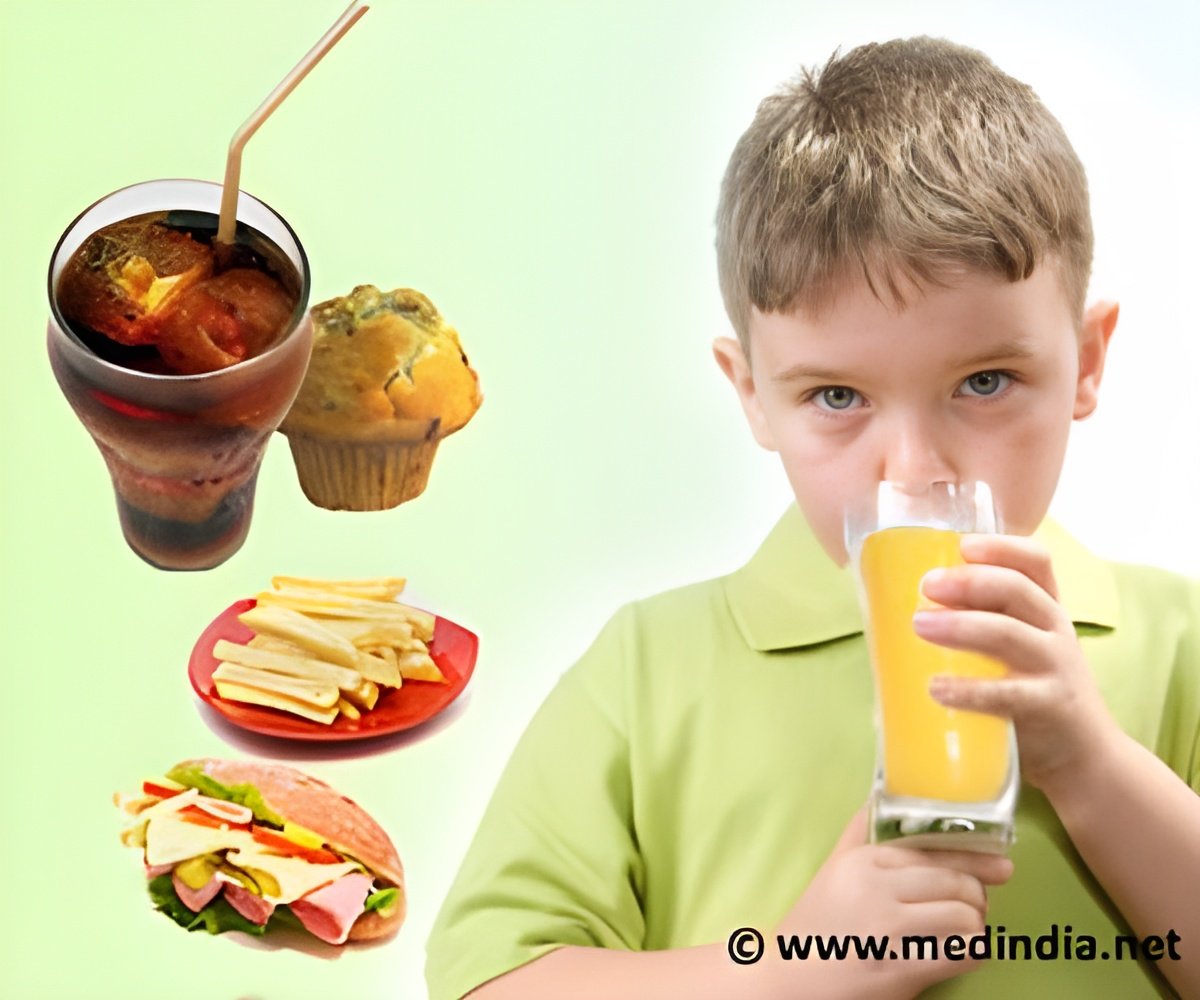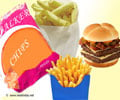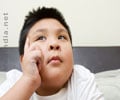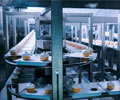Consuming fast food pr junk food by children can lower their academic growth by the time they are in the 8th grade, claim scientists.

Researchers found that the more frequently children reported eating fast food in 5th grade, the lower their growth in reading, math, and science test scores by the time they reached eighth grade.
Lead author of the study and assistant professor at The Ohio State University, Kelly Purtell, said that the students who ate the most fast food had test score gains that were up to about 20 percent lower than those who didn't eat any fast food. Relying too much on fast food could also hurt how well children do in the classroom.
The results remained even after the researchers took into account a wide variety of other factors that may have explained why those with high fast-food consumption might have lower test scores, including how much they exercised, how much television they watched, what other food they ate, their family's socioeconomic status and characteristics of their neighborhood and school.
Data from the study came from the Early Childhood Longitudinal Study-Kindergarten Cohort, a nationally representative study of students who were in kindergarten in the 1998-1999 school year. It was collected by the National Center for Educational Statistics.
This study included about 11,740 students. They were tested in reading/literacy, mathematics and science in both fifth and eighth grades. They also completed a food consumption questionnaire in fifth grade.
Advertisement
Children who ate fast food four to six times per week or every day showed significantly lower gains in all three achievement areas compared to children who did not eat any fast food the week before the survey. However, children who ate fast food just one to three times a week had lower academic growth compared to non-eaters in only one subject, math.
Advertisement
The results are published online in the journal Clinical Pediatrics.
Source-ANI















